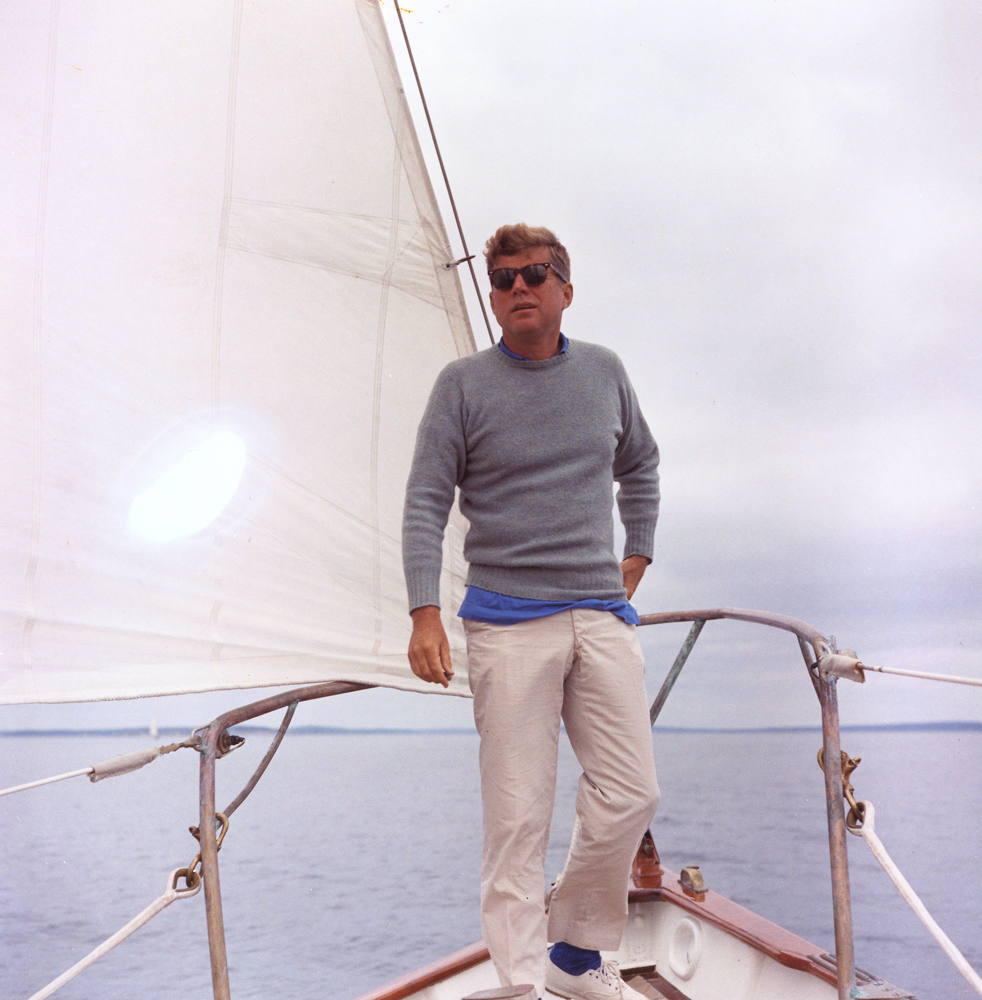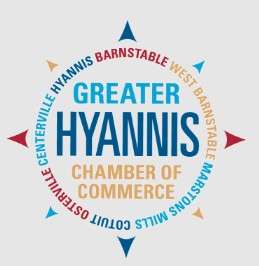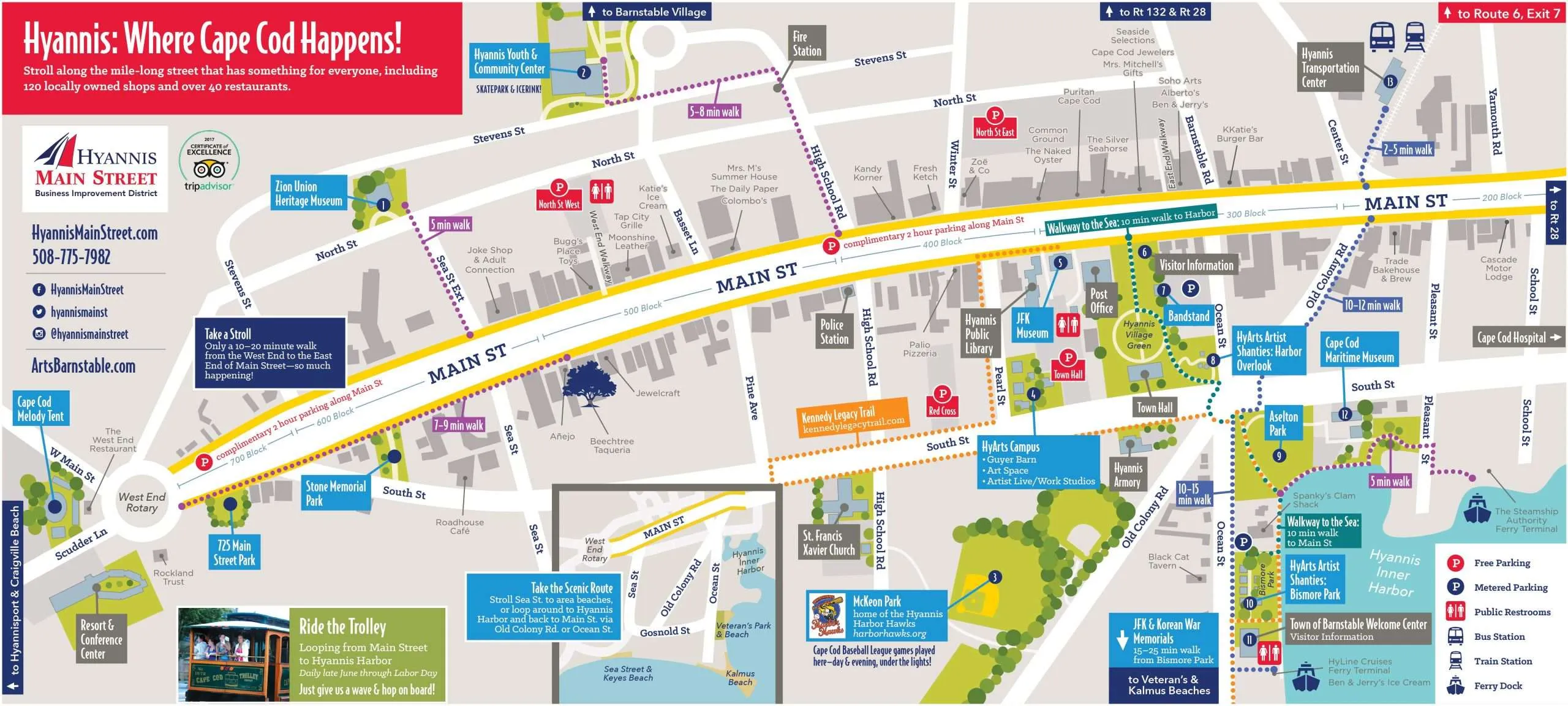
8. The Kennedys’ Contribution to Maritime Heritage
The Cape Cod Maritime Museum, to the east, and its 1886 Crosby Catboat replica, SARAH, were made possible by funding obtained by Senator Edward Kennedy. Here the Kennedy legacy continues, sharing with the community their love for the sea and the need to preserve and celebrate the Cape's rich maritime heritage. Each summer, guests can take a cruise on the Catboat SARAH, and enjoy the very waters the Kennedys have sailed on for generations.
Senator Ted Kennedy
“For all those whose cares have been our concern, the work goes on, the cause endures, the hope still lives and the dream shall never die," is a famous quote by Senator Edward “Ted” Kennedy. The youngest brother of JFK, Ted served for almost 47 years as a U.S. Senator from Massachusetts and became known as "The Lion of the Senate." His time as Senator was marked with numerous achievements by working with Republicans to find compromises. Kennedy was passionate about ensuring quality health care for all and called it, “the cause of [his] life.” Here in Hyannis, you could often catch a glimpse of the Senator enjoying a day sailing aboard his sailboat, the Mya. He inherited "The Big House" at the compound after his mother, Rose, died in 1995 and he lived there full-time until his passing in 2009.
The Dedication of SARAH
Senator Ted Kennedy attended the dedication of the Catboat SARAH. The ceremony was held in 2007 right at the site of this trail marker, here at Gateway Marina. Senator Kennedy said in his dedication speech:
“Today is about wood, not about fiberglass. It’s about hemp not nylon. It’s about compasses and charts, and not GPSs. Let me mention a few wonderful quotes from a marvelous book about the sea, with words from Eugene O’Neil and how he describes the sensation of sailing: 'I lay on the bowsprit, facing astern, with the water foaming into spume under me, the masts with every sail white in the moonlight towering high above me. I became drunk with the beauty and singing rhythm of it, and for a moment I lost myself—actually lost my life. I was set free! I dissolved in the sea, became white sails and flying spray, became beauty and rhythm, became moonlight and the ship and the high dim-starred sky! I belonged, without past or future, within peace and unity and a wild joy, within something greater than my own life, or the life of Man, to Life itself!'"

Maritime Heritage on the Cape
Cape Cod is rich and renowned for its maritime heritage. The Cape’s strikingly unique location and shape have situated the peninsula as one of the most important naval regions in the country’s history. Before European contact, Native Peoples on Cape Cod relied on marine resources in many aspects of life, including sustenance, the building of utilitarian objects, and even decoration. The Wampanoag also used the mishoon, a canoe-like boat, to travel on water and to fish. It is believed that the first European explorer to arrive at Cape Cod was Bartholomew Gosnold of England in 1602, followed by Samuel Champlain in 1605, who began charting the Cape’s coastline, and placing Cape Cod on the map. European settlement and colonization occurred, and by the eighteenth century, the fishing and whaling industries became crucial to the region. Nearby, New Bedford and Nantucket became vital whaling ports, with the industry peaking in the 1840s and 1850s, and then dwindling in the last decades of the century. Cape Cod’s shipyards, like the Shiverick Shipyard in Dennis, produced the vessels required to carry these industries, and lighthouses were constructed throughout the Cape and Islands in the nineteenth century. In 1914, the Cape Cod Canal was completed, dramatically changing maritime navigation in the region by eliminating the difficulty of the outer Cape and making a shorter route for more efficient commercial transportation. As the twentieth century progressed, the importance of the fishing industry prevailed, but the travel industry on the Cape began to flourish; activities like whale-watching, sailing, and recreational fishing drew visitors to the Cape’s waters. Today, Cape Cod’s maritime heritage continues to remain the foundation of much of the peninsula’s economy, influencing local businesses, forming a cuisine of seafood, and establishing a cultural identity.
Scudder Brothers and Hy-Line Cruises
Following the election of John F. Kennedy in 1960, many people wanted to be able to see the famed homes in which the Kennedy family spent their summers and holidays. Richard and Robert Scudder operated a gas station on the corner of Ocean St and South St in Hyannis, and in 1962, they, alongside oil businessman E. Raymond Taylor, founded Hyannis Harbor Tours, Inc. They purchased a 150-passenger boat named Prudence and began taking passengers on harbor cruises while still maintaining the gas station. Their business expanded, as they began holding fishing trips, and by 1971, ran a daily ferry to Martha’s Vineyard, and another to Nantucket in the following year. It was also during the 1970s that the company took on the name Hy-Line Cruises. Services expanded again in the 1990s, as the business began offering year-round daily high-speed ferries to Nantucket, and then the same to the Vineyard in 2005, forming the Hy-Line Cruises that exists today. Learn more about the history of the Hy-Line Cruises and what they have to offer here. Trips on Hy-Line Cruises can be booked on the website.

![HYArts_2012_FNL_out_C[1] HYArts_2012_FNL_out_C[1]](https://kennedylegacytrail.com/wp-content/uploads/2023/02/HYArts_2012_FNL_out_C1-237x300.jpg)

![jfk-hyannis-museum-logo-2019-sm[1] JFK Hyannis Museum Logo](https://kennedylegacytrail.com/wp-content/uploads/2023/02/jfk-hyannis-museum-logo-2019-sm1.jpg)

